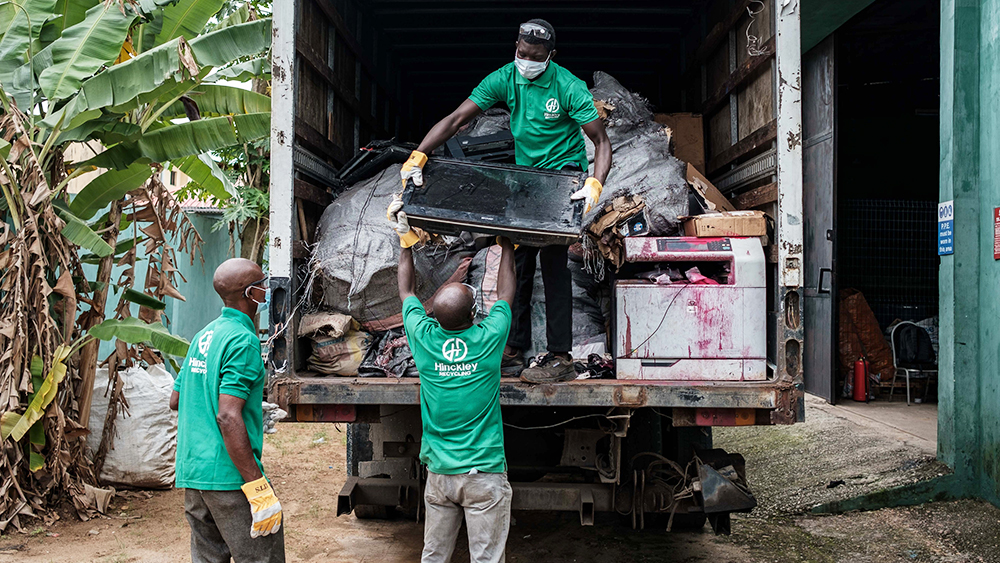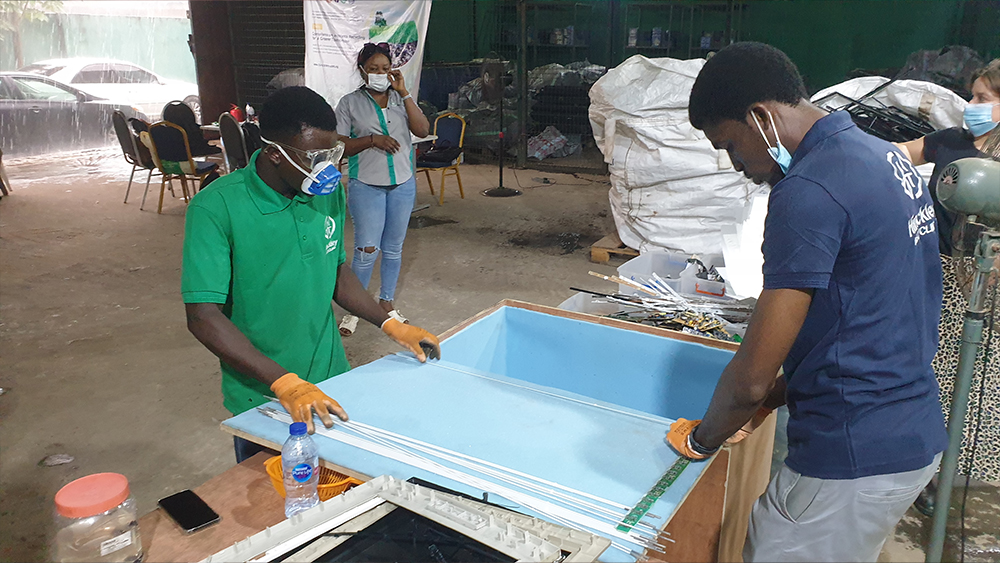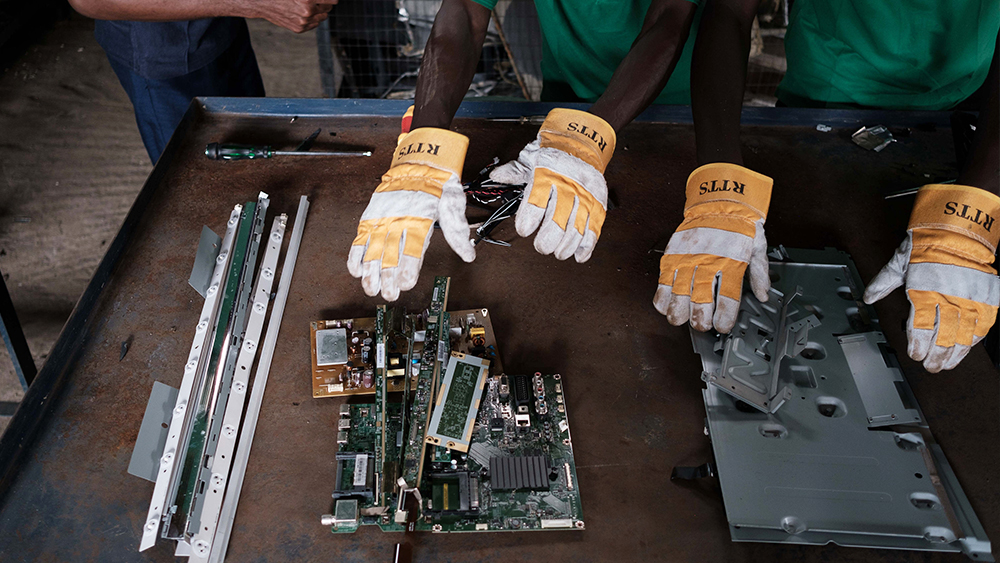
Monitors are a problem. We need them for our daily work, and here at Creative Bloq we often review the latest screens designed for creatives. But historically they've been one of the worst offenders when it comes to unsustainable e-waste.
Progress is being made to recycle more components from computers and peripherals, but the small circuit boards in LCD monitors usually contain burnt-in chemicals, including lead and mercury. A lot of e-waste is shipped to Africa for processing, and there are often insufficient facilities to deal with these these toxic elements.
MMD, which makes monitors for Philips, has taken part in a pilot project that could point to a way forward. The project in Nigeria demonstrates how defective monitors can be recycled in an environmentally friendly and economical way(if you're looking to upgrade to a modern, more sustainable monitor, see our pick of the best 4K monitors).

The PREVENT Waste Alliance, an initiative from the German Federal Ministry for Economic Cooperation and Development (BMZ), aimed to develop a viable business model based on the concept of e-waste compensation, which is already used in procurement for mobile phones, laptops and tablets. A fee is added to the purchase price of new electronic gear in order to finance the collection of old equipment for safe recycling.
The raw materials recovered are then reused in the manufacture of new products, making them waste neutral. The aim of the pilot, which also involved TCO Development, the organisation behind the TCO Certified IT sustainability certification, was to extend the solution to monitors by training staff in how to safely dismantle them.

The lack of experience in recycling flat screens in Nigeria, means that discarded monitors are often chucked into landfills, posing health and environmental risks. Staff were trained in how to dismantle flat screens safely, how to remove mercury-containing black light tubes and how to separate different types of plastics, including those containing hazardous brominated flame retardants.
By the end of the project, which involved the collection of over 5,500 unusable monitors, the recycler was able to dismantle displays safely and efficiently, reducing the costs such work would require. Some 30-tonnes of e-waste was collected and waste compensation was sold to MMD.
Get the Creative Bloq Newsletter
Daily design news, reviews, how-tos and more, as picked by the editors.
Newer monitors do not contain mercury and MMD notes that no new Philip monitors contain lead either. However, there are thousands of old LCD monitors out there and many will be thrown out in the coming years. This kind of initiative could provide a solution. See our pick of the best monitors for photographers for more current devices or see our pick of the best monitor calibrators to check your screen.
Read more:

Thank you for reading 5 articles this month* Join now for unlimited access
Enjoy your first month for just £1 / $1 / €1
*Read 5 free articles per month without a subscription

Join now for unlimited access
Try first month for just £1 / $1 / €1

Joe is a regular freelance journalist and editor at Creative Bloq. He writes news, features and buying guides and keeps track of the best equipment and software for creatives, from video editing programs to monitors and accessories. A veteran news writer and photographer, he now works as a project manager at the London and Buenos Aires-based design, production and branding agency Hermana Creatives. There he manages a team of designers, photographers and video editors who specialise in producing visual content and design assets for the hospitality sector. He also dances Argentine tango.
